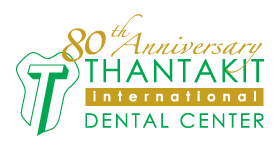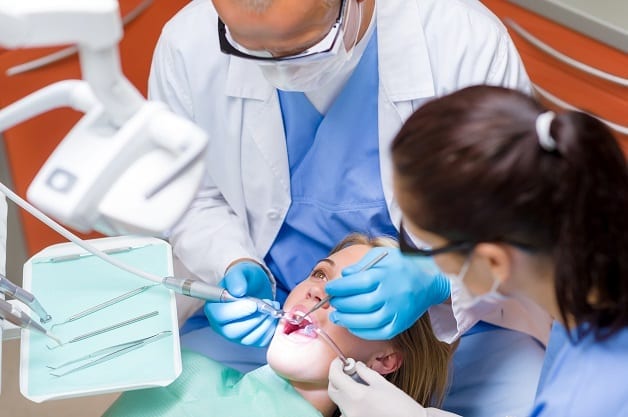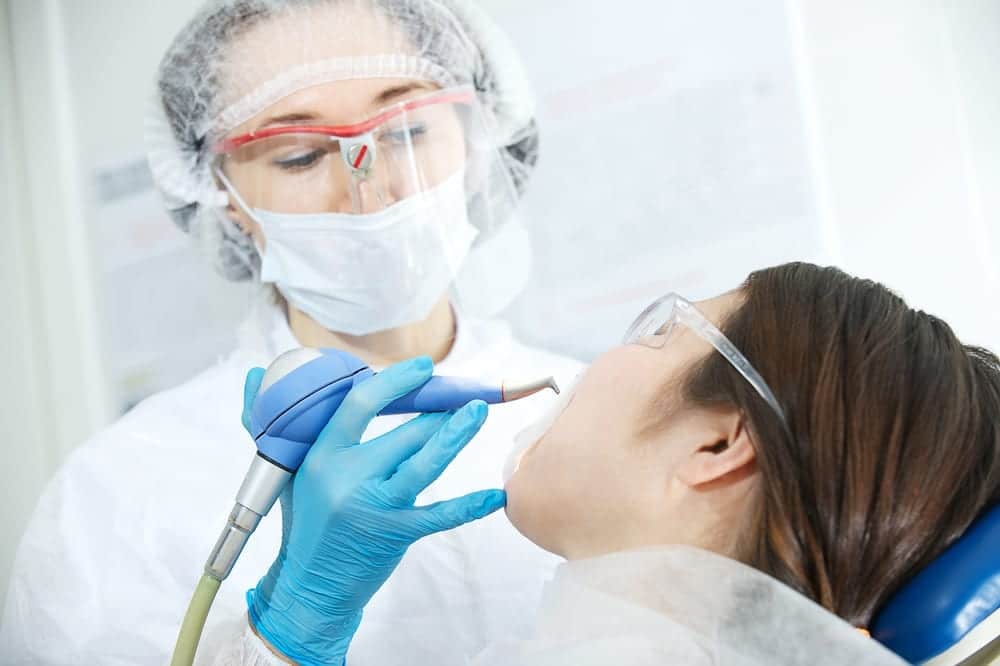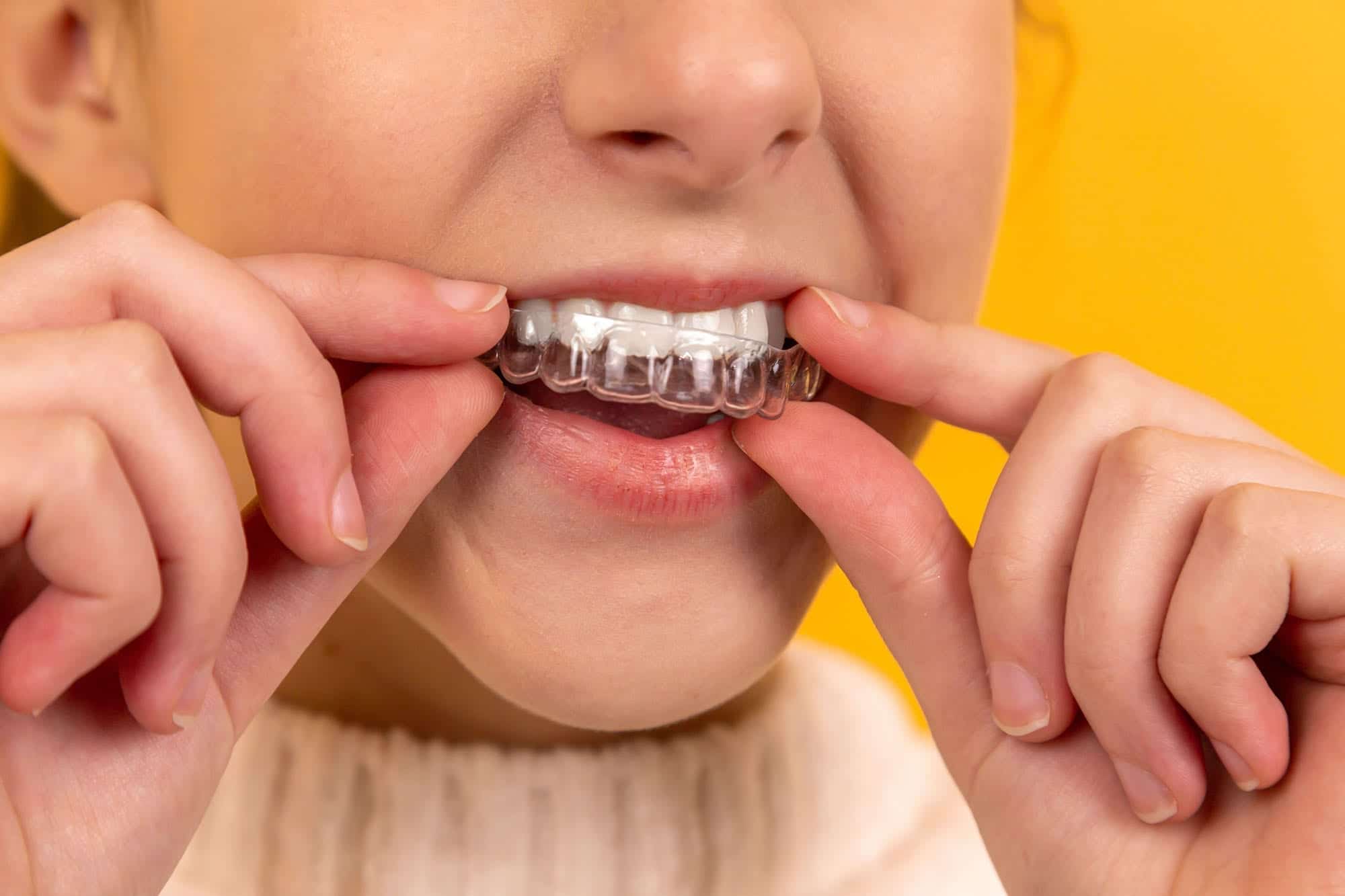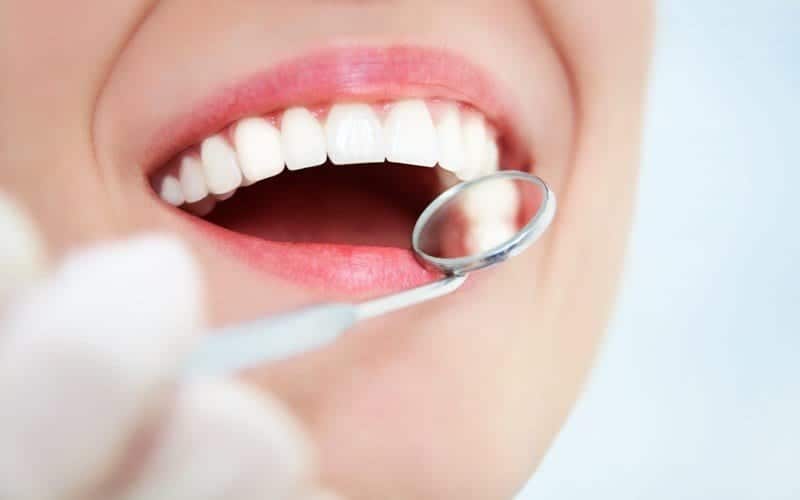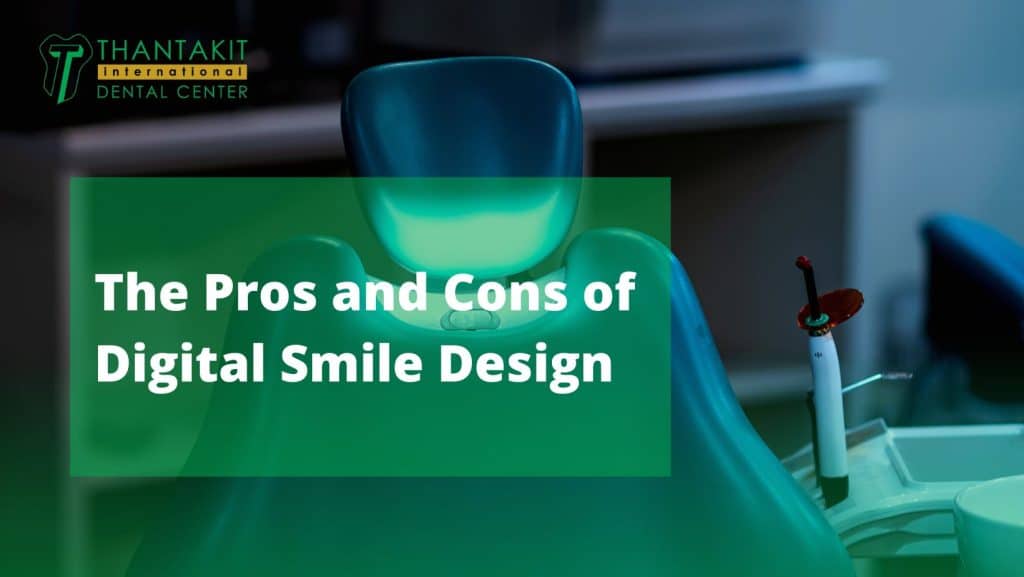In broad-strokes terms, Digital Smile Design (DSD) is the special treatment of your smile and teeth with special digital technology, which includes personalized treatment plans, improved communication, and better visualization techniques.
DSD can also be more expensive than traditional dental treatments because it goes above and beyond other methods in giving you the perfect smile using the most advanced technology.
Page Contents
What is Digital Smile Design (DSD)?
DSD is both an advanced concept and a practical application of theory using modern dental tech that helps dental professionals in visualizing and planning dental treatments better. Its remarkable precision characterizes it.
-
Accurate Visual Representation: Through the assistance of Computer-Aided Design and Manufacturing (CAD/CAM), it’s easier for dentists to make accurate representations of your smile and how to alter it for the better.
-
More Intricate Planning: Because DSD is willing to use all sorts of tech and tools in the dentistry arsenal, it’s much easier for dentists to plan your smile design right down to the last tooth shape and size.
-
Precision Dental Design: DSD involves taking digital videos and photographs of the patient’s mouth and face, which allows for more accurate design for the most desired results.
-
Main Goals of DSD: The main goal of DSD is improving patient communication, enhancing the diagnostic vision of the dentist, and increasing consistency and predictability of aesthetic design.
There’s more control of the outcomes and major mitigation of complications or unforeseen consequences, making the desired cosmetic and functional results perfectly achievable in incremental phases and precision.
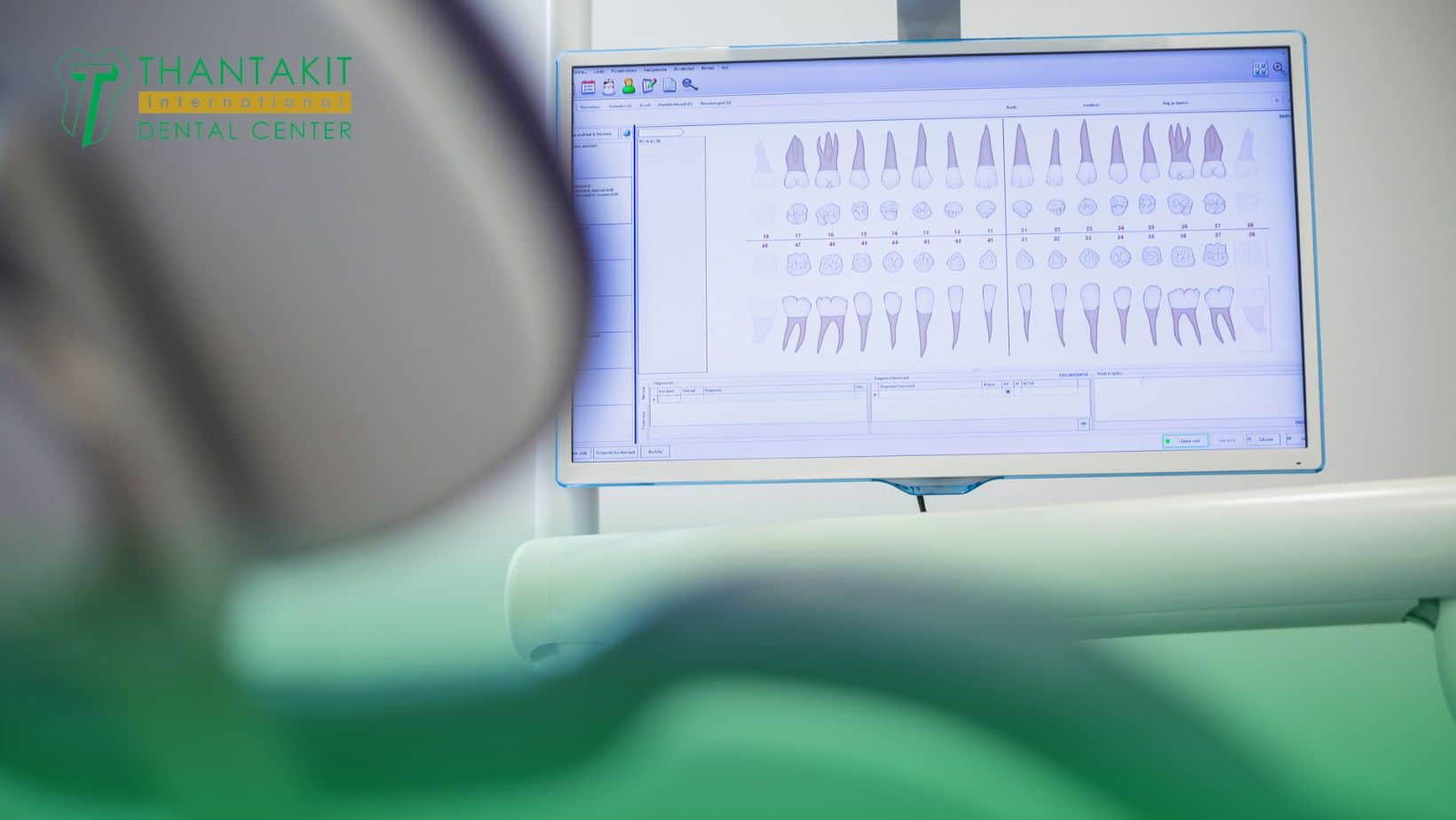
Pros of Digital Smile Design
Let’s now discuss the benefits of going the extra mile for your smile with the extra expense of DSD.
-
Personalized Treatment: DSD allows for a customized treatment plan tailored to individual facial features and dental needs, ensuring a more natural and aesthetically pleasing result.
-
Precision and Accuracy: DSD offers unparalleled precision and accuracy in treatment planning, leading to more predictable and consistent results.
-
Enhanced Visualization: DSD uses imaging software and virtual simulations to show patients what their new smile will appear like, ensuring a better understanding and more realistic expectations.
-
Patient Involvement: DSD encourages patient involvement in the treatment planning process, resulting in higher satisfaction with the final outcome.
-
Improved Communication: The visual nature of DSD enhances communication between the patient, dentist, and technician, leading to a more collaborative and accurate treatment plan.
-
Efficiency: DSD can streamline the treatment process, reducing chair time and overall treatment duration.
The Cons of Digital Smile Design
These cons of DSD might make you think twice in using it instead of just traditional smile-improving treatments that don’t use enhanced visuals.
-
Cost: The cost of DSD enhancements and all its associated treatments can be significant, depending on the complexity of the case. Specialist care requires specialist fees.
-
Technical Issues: The use of intra-oral scanners and digital software requires high digital skills and precision, such that certain technical issues can arise.
-
A Steep Learning Curve: Dentists and technicians need to acquire new skills and adapt to the use of digital technology, which can create a learning curve. For patients, this means paying extra for specialists.
-
Discomfort: Some procedures involved in smile makeovers—like gum reshaping or dental implant placement—can cause discomfort or sensitivity that might not be worth it to the patient.
-
Potential for Discrepancies: Even with advanced visualization tech, there is still a potential for discrepancies between the digital simulation and the final result, requiring adjustments or additional treatments (i.e., more expenses).
The Evolution of Smile Design
The field of dentistry has indeed become more sophisticated with the dawn of Digital Design Smile. Traditional smile design has always had a measure of guesswork and luck included into the mix.
The pioneer of DSD is Dr. Christian Coachman, who combined his dentistry expertise with digital tech to create a comprehensive customization system that integrates digital imaging, dental aesthetics, and facial analysis together.
Thanks to digital and virtual technological advances, smile design doesn’t need to rely on the dental professional’s manual skills and artistry.
Everything can be boiled down to machine-precision predictability, which ensures the least amount of risk involved in procedures while also cutting down on possible complications and infections.
Smile design used to be subjective expertise that depends on the intuition and experience of the dentist doing it. Patients don’t have any involvement in the process.
Before the advent of digital technology, patients could only see the final outcome through the dentist’s rudimentary models, verbal descriptions, or previous satisfied customers with similar issues.
Because smile design has evolved to become DSD, a revolution in dentistry has taken place. The incomparable precision of digital-aided scans and simulations introduces computer software and hardware working in tandem for more control.
The procedures become more manageable, you have a better schedule and timetable, and every last detail is planned.

Technological Components of Digital Smile Design
DSD uses several high-tech components and cutting-edge techniques that contribute to its accuracy and effectiveness.
They’re mostly visual aids to better smile design communication and the actual procedures enhanced by such aids. Knowing these components is important in understanding what DSD is.
-
3D Imaging: The DSD system mostly uses 3D imaging as its cornerstone. What this means is that advanced scanners scan the mouth to create a three-dimensional representation of the patient’s facial and dental structures.
This 3D view allows for precise analysis and careful planning down to the last incision or teeth bleaching. Decision-making is also easier with DSD.
This visual aid also helps prevent complications linked with dental procedures. For example, the comprehensive view of gums, teeth, and surrounding tissues help avoid nerve and sinus damage during upper-jaw implant surgery.
A significant amount of detail is captured by 3D imaging tech, which in turn enables dental professionals to engineer tailor-made dental treatments that address the unique needs of the patient.
-
CAD/CAM Systems: The DSD process also makes extensive use of Computer-Aided Design and Manufacturing. The design part is software that allows you to manipulate the 3D scan to project the best DSD outcome for the patient.
The dentist uses CAD software to design restorations such as veneers, bridges, and crowns with near unerring accuracy compared to molds and fabrications.
The manufacturing part of DSD is linked to the CAD software. You can now mill or even 3D-print the simulated outcome on CAD software using CAM technology such as advanced milling machines or a 3D printer.
There are fewer chances to pivot or adjust because of inaccuracies from the mold or changes in the mouth because of the accuracy of CAD/CAM-based tech.
It’s an integrated approach that directly feeds the milling or printing information from the CAD software to the CAM printers or millers, resulting in the patient getting exactly what was ordered or planned.
-
Virtual Simulation: DSD also recognizes virtual simulation as a vital component. This visualization aid allows both the patient and the dentist to be on the same page when visualizing the expected results of a given dental treatment.
Whether it’s orthodontics (traditional metal braces or INVISALIGN clear aligners) or creating veneers, virtual simulation can make a digital mock-up of the patient’s new smile.
From there, the plans and outcome can be refined thanks to all the additional info, including scans showing surgeons the exact location of the areas needed work on. This is the beauty of virtual simulation.
Making the outcome more predictable also ensures it’s more manageable and you’re able to avoid or mitigate risk when push comes to shove.
You and your dentist will be able to see the ultimate results and realistic expectations of what’s about to take place. This also promotes better communication between doctors and patients for good measure.
-
Digital Photography and Video: Digital photography on the caliber and intuitiveness as modern cellphone cameras and beyond allow dentists to extensively capture detailed images of the patient’s face and mouth.
These serve as visual records of what they’re about to alter or fix, like in the case of orthodontic devices shifting the placement of teeth inside the mouth.
The digital pictures and videos also allow them to visually plan the treatment and communicate what they’re about to do to the patient in clear and certain terms. Digital photography also allows better treatment of documentation.
This is also important in orthodontics because the shifting of teeth positions to get rid of malocclusions and whatnot require constant monitoring to see if it’s working or not.
Maybe the clear aligners or self-ligating braces don’t have strong enough pull to correct teeth placement, thus calling for the much stronger corrective braces.

Patient Experience with Digital Smile Design
If the extra expense of the DSD isn’t satisfying the patient, then it’s a superfluous expense and jumping straight into treatment with traditional plan and estimations are called for.
DSD’s patient experience is indeed a critical aspect of its development. Effective DSD is supposed to enhance the patient experience in the following ways.
-
Enhanced Communication: DSD visualizes plans and results, so it thus improves communication between the patient and dentist. Everyone is on the same page and patients aren’t left in the dark.
Patients can also propose changes, provide feedback, and ensure that their smile preferences and concerns are acknowledged by their dental doctor. It’s a collaborative approach that promotes trust.
-
Increased Confidence: Speaking of confidence, dentists have more confidence in doing even complicated operations like wisdom teeth removal or implant surgery with the DSD’s ability to scan and visualize the results.
Even before the treatment starts, everything is laid out and planned. There’s no improvisation or correction. Everything is done in one fell swoop thanks to all the previous corrections done, resulting in the smile you want.
-
Customized Treatment: Treatment customization is easier to do because DSD visualization allows dentists to know the best course of action relative to the patient’s dental state and biology. It’s a high-precision level of personalization.
The final result of DSD-assisted procedures is what you expect without any exaggerations or disappointments because the DSD tech ensures more control and risk mitigation and achievable aesthetic goals.
-
Comfort and Convenience: The digital tools make the treatment process more comfortable as opposed to just being tolerable. Healing is also faster because nerve damage and unintentional complications are mitigated with careful planning.
DSD basically reduces the need for multiple molds or impressions and physical models. The milled crowns, bridges, and dentures don’t need extra shaving or drilling if the fit is bad because DSD precision ensures millimeter-precise fitment.
FAQ about DSD
Here are the most Frequently Asked Questions about DSD.
1. What is the essence of Digital Smile Design?
DSD is essentially an advanced dental treatment planning tool to create a highly detailed and accurate visual representation of the patient’s facial and dental structures.
It uses all of the digital scanning, CAD software, and CAM printing or milling technology available with modern dentistry. This accuracy ensures that both dentist and patient are on the same page on what’s possible when redesigning the patient’s smile.
It ensures precise visualization and planning of dental procedures, which enables both the patient and dentist to ensure specific results before any procedure is done.
2. How does DSD improve the accuracy of dental treatments?
DSD makes procedures more accurate using high-resolution digital images, 3D models, and super-precise scans of the patient’s teeth, jaws, and facial features. The extra detail allows for further preparation and straightforward results every time.
There are fewer adjustments made when fitment is done if there’s any adjustment needed at all. Prep time reduces error risk, possible complications, and so forth, resulting in optimum function, aesthetics, and results.
3. What are the main benefits of DSD for patients?
You should get DSD if you’re interested in getting enhanced visualization of the final results, so you know what to expect with realistic expectations on your new smile design. You can also become more involved in the treatment planning process.
Your feedback actually has an impact on the final outcome, since DSD also ensures better customization of treatment plans that are tailored to your oral biology and dental state.
You’re also offered a more comfortable treatment experience, particularly because prep time ensures a smooth error-free procedure with realistic outcomes you’re confident in and aware of.
4. Are there any drawbacks or limitations to using a DSD?
The advantages of DSD are undeniable. However, it does have drawbacks. Perhaps traditional procedures with room for adjustments and improvements is the better option because of how expensive DSD makes procedures.
Dental pros dislike the steep learning curve of DSD. For patients, this means they’ll have to avail themselves of high-cost specialists who get paid more for their expertise.
You’ll also use several DSD technologies anyway without availing of the DSD process. Digital scans and x-rays or CAM/CAD are available for implant surgery and custom crowns without DSD.
5. Should you get a DSD or not?
Is DSD worth it or is it an unnecessary additional expense when all you want is to be a viable candidate for braces, cosmetic dentistry, or dental implants? It depends on how complex or simple your procedure is.
DSD’s innovation has set a new standard on how dentists approach smile design. It’s less guesswork and more methodical planning that’s collaborative on the part of both doctor and patient while promulgating patient-centered care.
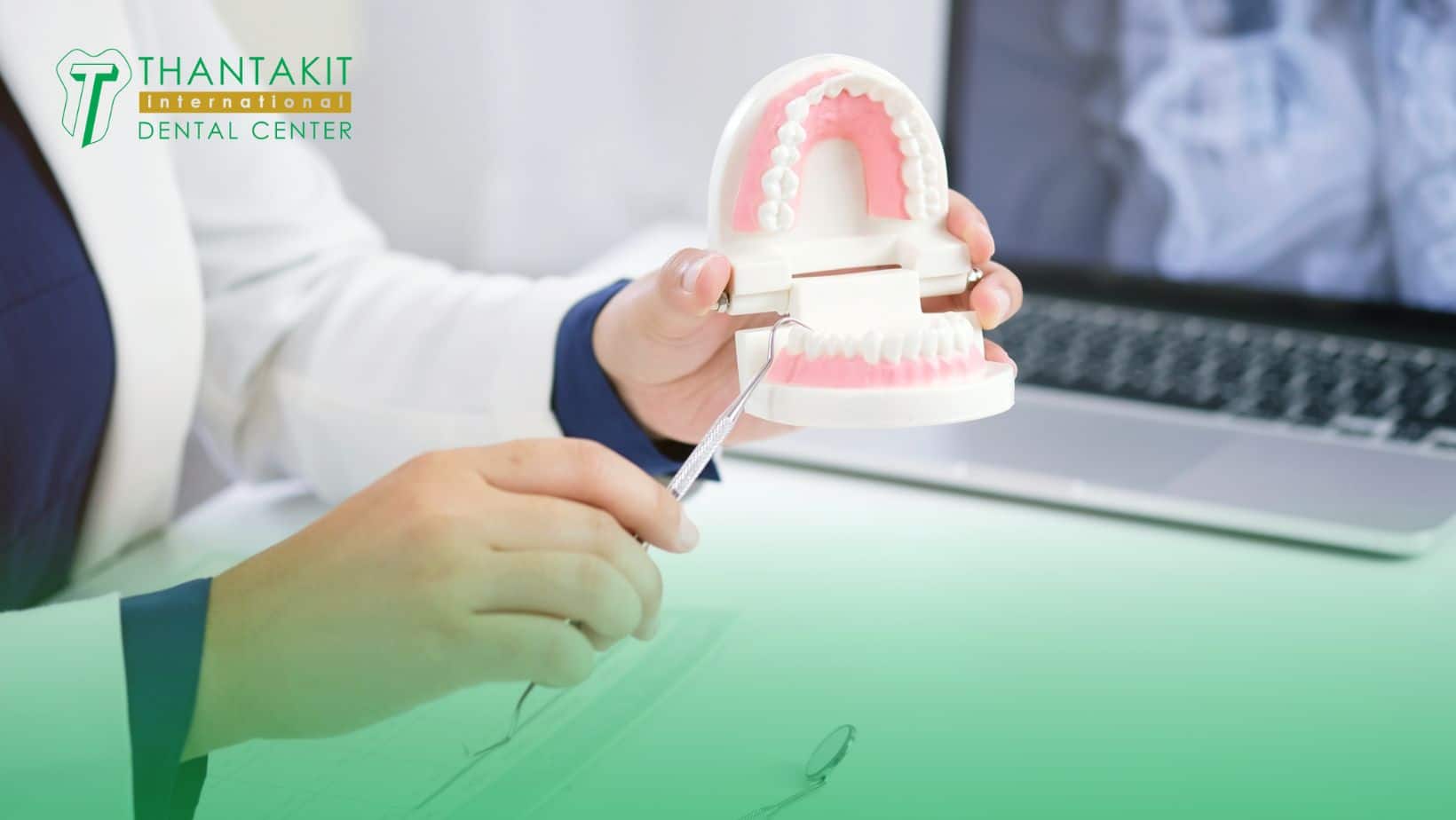
Enjoy Quality Bangkok Dental Tourism Today to Avail of DSD
If you have money to spare, you might view DSD as a worthwhile investment to ensure quality outcomes. Speaking of which, availing of dental tourism bargains at the Thantakit Dental Center might do the trick in unlocking this privilege!
DSD technologies enable more precise measurements and better dental redesigns while mitigating unplanned incidents, all through improved visualization all-in-all.
Contact Thantakit ASAP to get a virtual quote or personalized consultations on a variety of oral and dental solutions with or without DSD included. They’re at the forefront of Bangkok dentistry for a reason!
Thantakit International Dental Center is Thailand’s longest established dental center. Situated in Bangkok, our clinic is renowned across the world as a destination for world-class dentistry, with most of our patients flying to us from Australia.
Reach out to our clinic today and get a FREE dental consultation!
